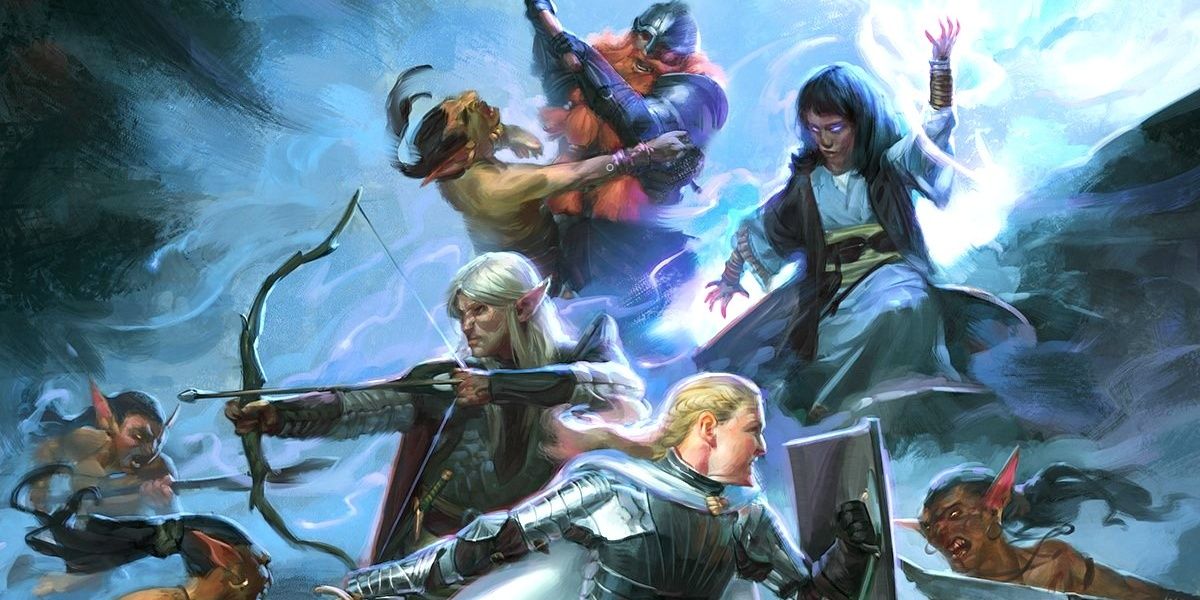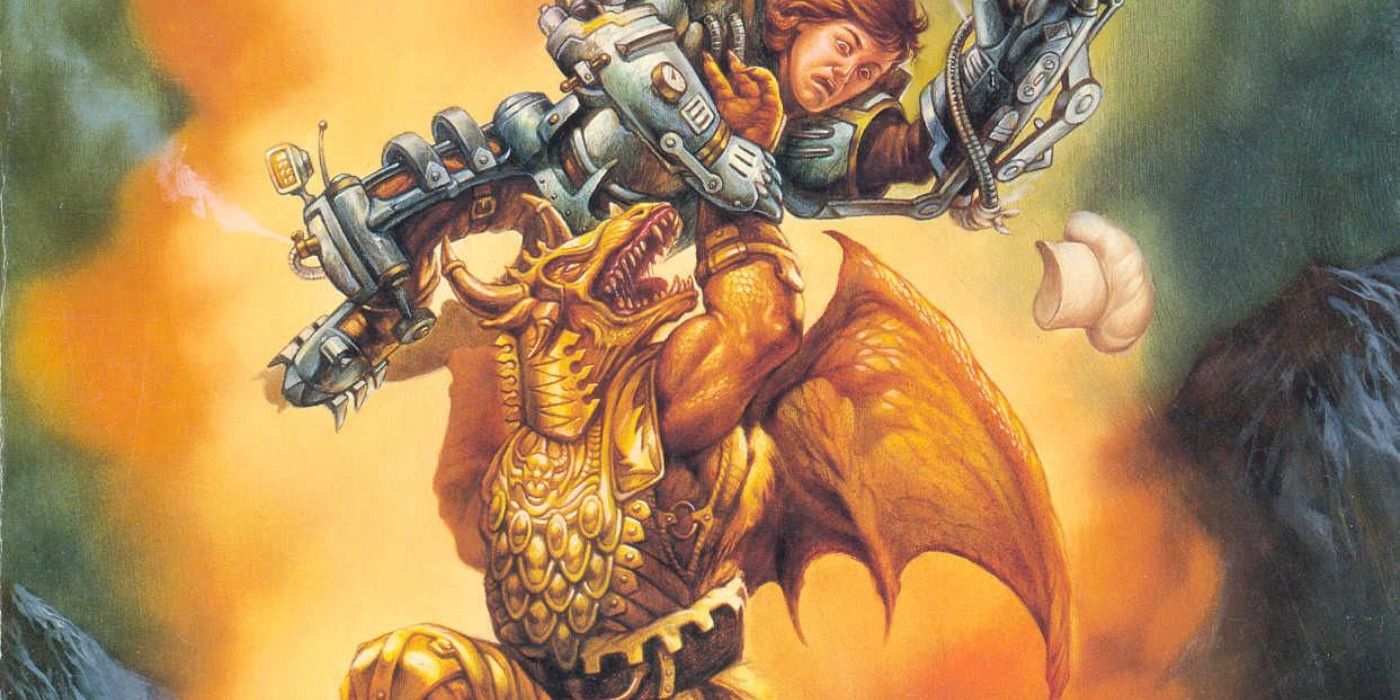
Whether an in-person or digital session of Dungeons & Dragons, distractions are easy and natural to come by when a group gathers together to play a game. Be it phones, friends, snacks, pets, or any number of things, it can at times be difficult for Dungeon Masters to wrangle in their players’ attention. Rather than outright asking players to refocus, there are many narrative methods that DMs can use to get their parties back on track.
Using clever narrative Dungeons & Dragons tricks in a campaign, DMs can easily redirect a player’s focus to the situation at hand. It also can ease any awkward tension one can feel about asking players to pay attention. Narrative tricks can vary from adding interesting NPCs, magical objects, or a situational conflict.
Non-player characters in D&D have a notorious reputation for influencing parties. They are a way for the players to connect conversationally to a fantasy world, and as such can be easy to grow attached to. Dungeon Masters can catch their party’s attention by introducing a previously established NPC that the players have some sort of strong feelings toward, be that negative or positive. A villain returning to cause conflict, or a beloved friend showing again after a prolonged absence can quickly get a D&D party back into the story and away from whatever was distracting them.

Offering up some sort of reward, treasure, incentive, or D&D magic item can be another way to catch a party’s attention. Depending on what type of campaign and what level, Dungeon Masters can introduce a hidden treasure that requires the party’s combined effort to discover a hefty reward for carrying out a contract, or a purported magical item hidden somewhere in the vicinity. Hinting that there is something valuable can focus in players, and get them back into a playing mindset by having to work together to acquire it.
Player-interactive moments are a great way to keep the energy up at a Dungeons & Dragons table, while also still involving all the players. Situations like surprise encounters with low-level monsters can be a refreshing break from heavy narration or a travel montage, but won’t leave too much time for players to grow bored with lengthy combat. Puzzles and mazes can also motivate an entire party to talk things out and put their heads together to figure out the best course forward.
Depending on the type of D&D campaign and the expectations set beforehand by the DM and players, having the potential for a quest failure could be an exciting way to continuously keep a party on track. Starting a mission under the guise that it is time-sensitive, and could potentially go awry if the players do not address it in time can work under the right circumstances. Mission failure should never be used as a punishment, but more as a challenge to keep PCs moving forward and to avoid stalling.
The one thing that all Dungeons & Dragons players have in common is that they are human, and at times need a bit of a break to roam around and get any jitters out before continuing a session. Plentiful communication between a DM and their players can set expectations before a campaign even begins, and can help either side understand what the other needs from them during a session in terms of attention and immersion. Narrative tricks may not always work, and sometimes all players need is a break to grab snacks and chat a bit before diving back in.
from ScreenRant - Feed https://ift.tt/3pTdAcb
via IFTTT
No comments:
Post a Comment